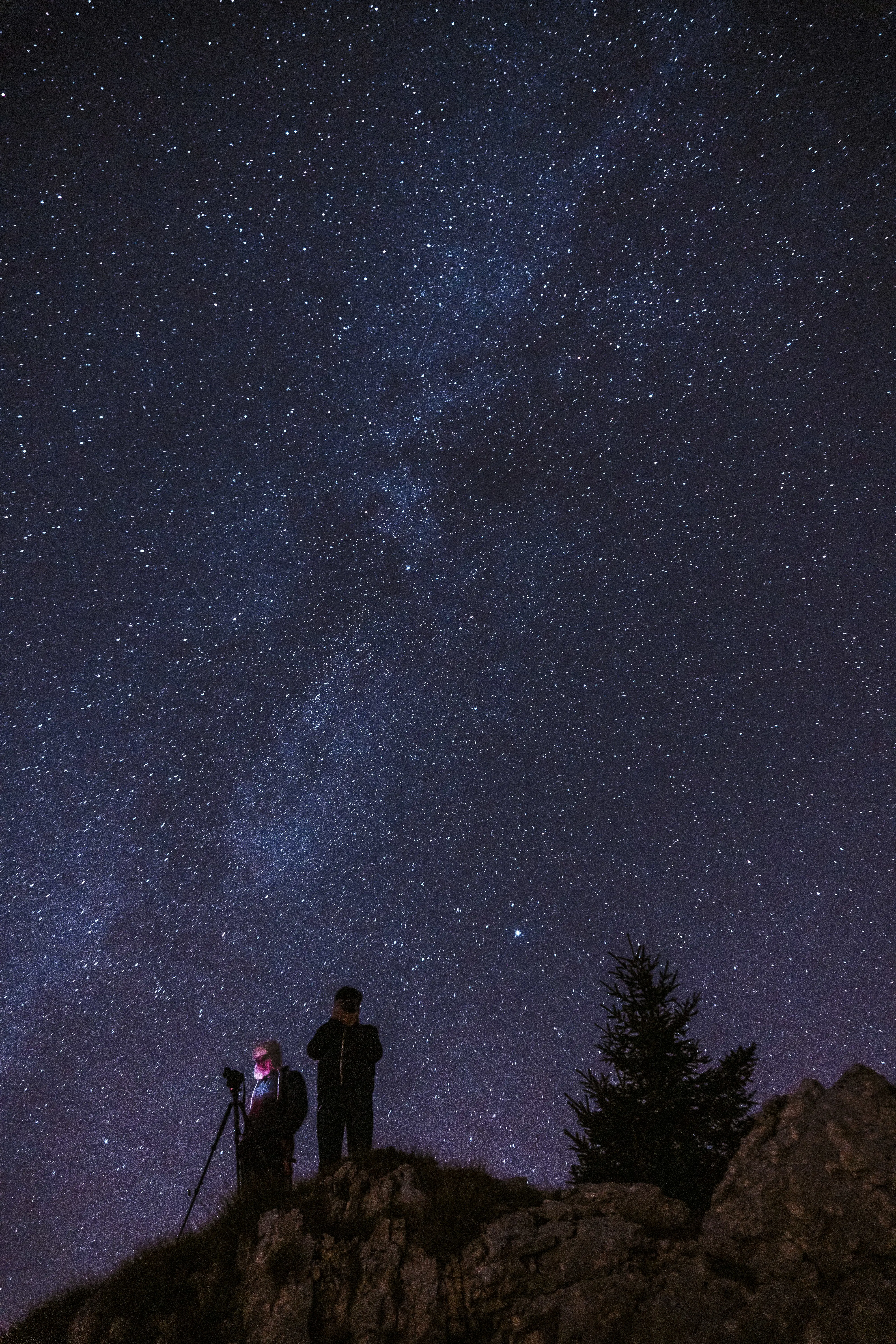Gazing At The Stars: A New Way To Measure Earth's Greenhouse Gases

In a groundbreaking approach, astronomers from the University of Warwick are leveraging starlight to assess the levels of greenhouse gases in Earth's atmosphere. This innovative technique could revolutionize how we monitor climate change.
Traditionally, greenhouse gas measurements have relied on ground-based observations or satellite data, both of which present challenges, such as limited coverage and high costs. However, by employing a method known as stellar occultation, researchers can now utilize the distant light of stars to analyze our planet's atmospheric composition.
The principle behind stellar occultation is relatively straightforward yet ingenious. As a star's light passes through the Earth's atmosphere, it is absorbed and refracted by gases present in the air. By examining these changes in the starlight's spectrum, astronomers can deduce the concentration of different gases, like carbon dioxide and methane.
This method is not only cost-effective but also offers global coverage, as starlight is accessible from anywhere on Earth. Moreover, it allows for continuous monitoring over time, providing a comprehensive picture of how greenhouse gas levels fluctuate with the seasons and human activities.
Dr. Emma Anderson, leading the research team at Warwick, explains, "This technique opens up a new frontier in environmental monitoring. By observing how starlight interacts with our atmosphere, we can gather precise data on greenhouse gas concentrations. This could be pivotal in understanding and combating climate change."
The team has conducted successful trials using telescopes positioned at strategic locations around the globe. These trials demonstrated the method's feasibility and its potential to complement existing satellite systems, offering a more robust and detailed dataset for climate scientists and policymakers.
As the world grapples with the impacts of climate change, accurate and reliable data on atmospheric composition are crucial. The Warwick team's work offers a promising avenue for obtaining this data, with the potential to enhance our understanding of climate dynamics and inform more effective environmental policies.
While still in its early stages, the integration of astronomical techniques into environmental science highlights the interdisciplinary collaboration necessary to tackle today's global challenges. With continued research and development, starlight could soon become an essential tool in the fight against climate change.